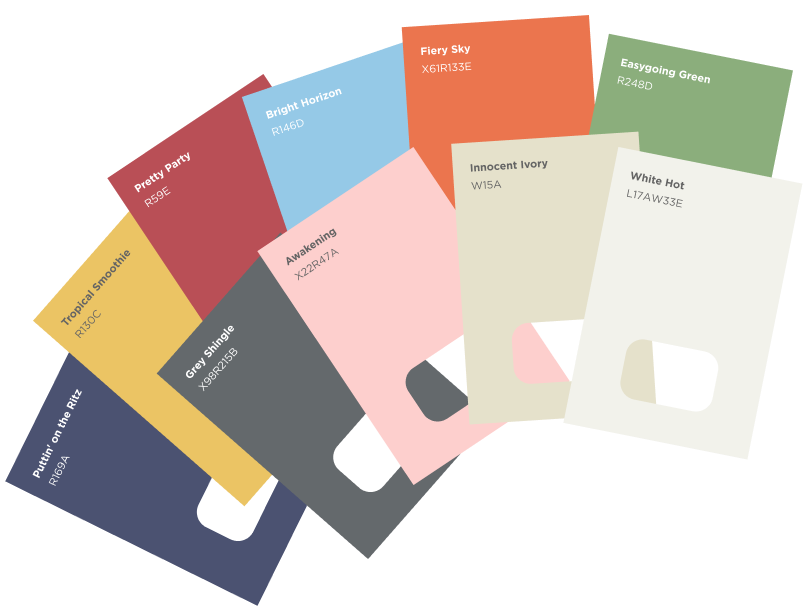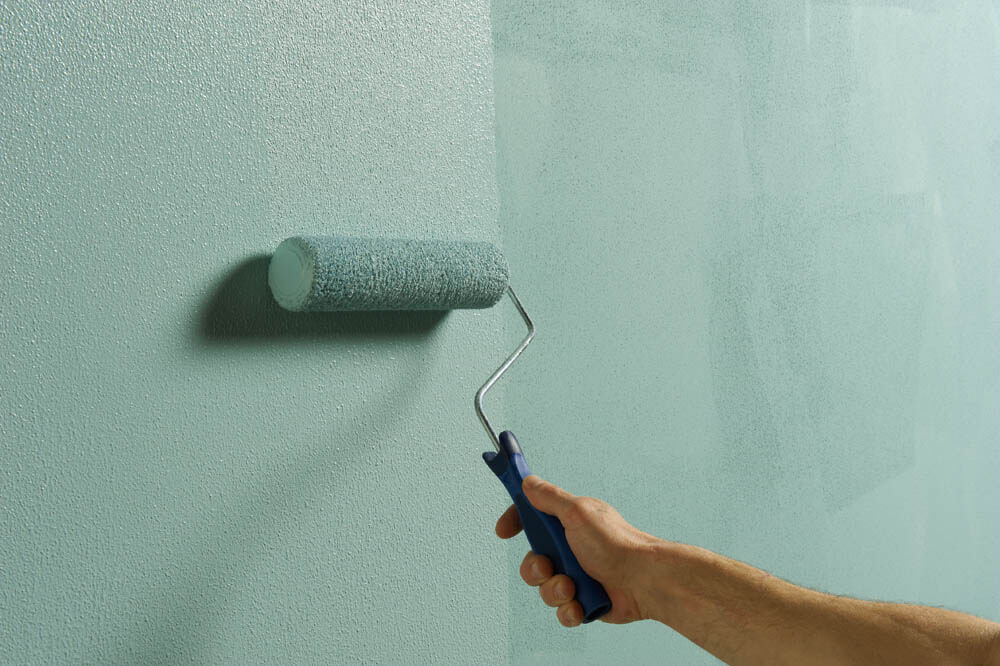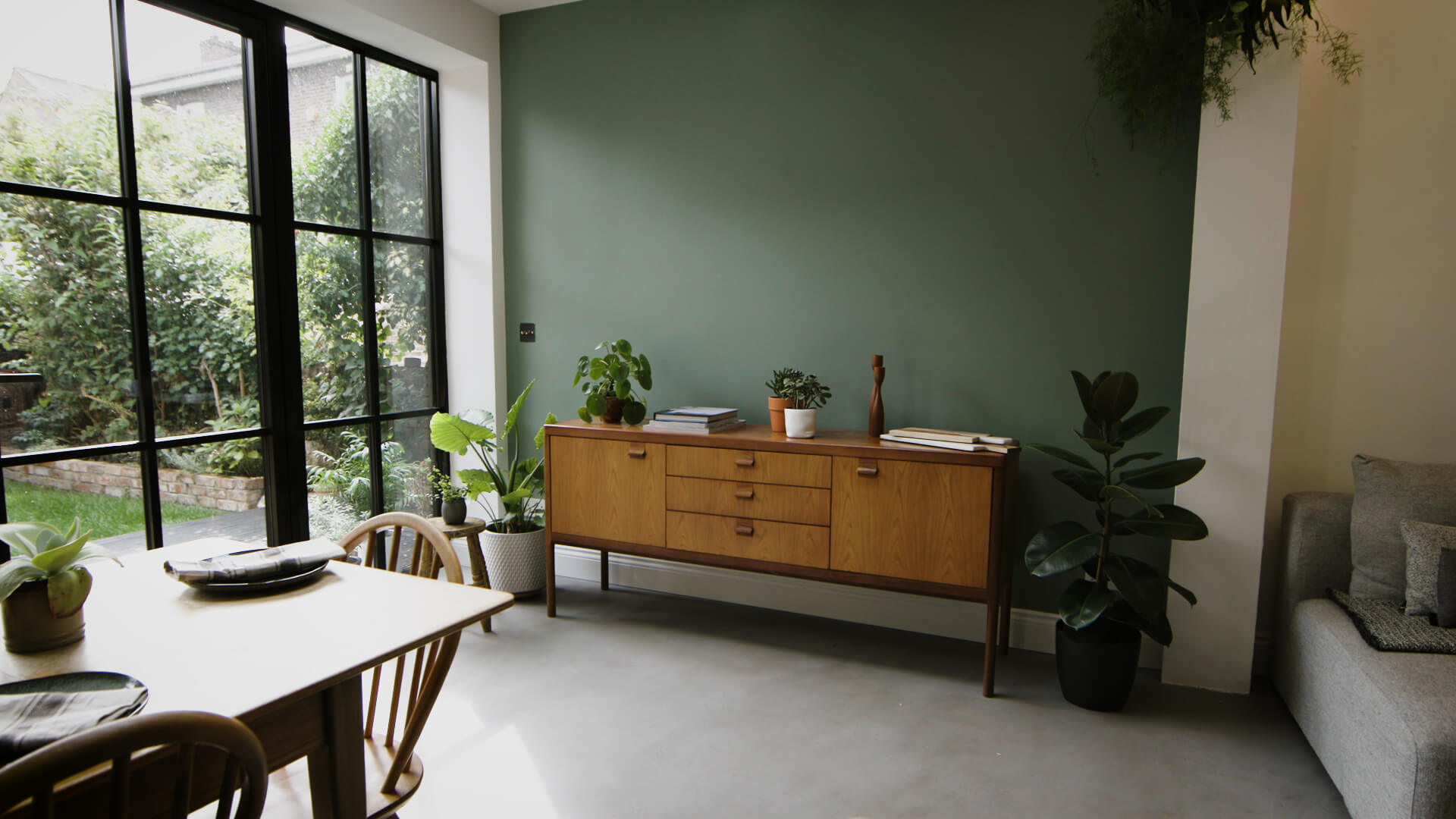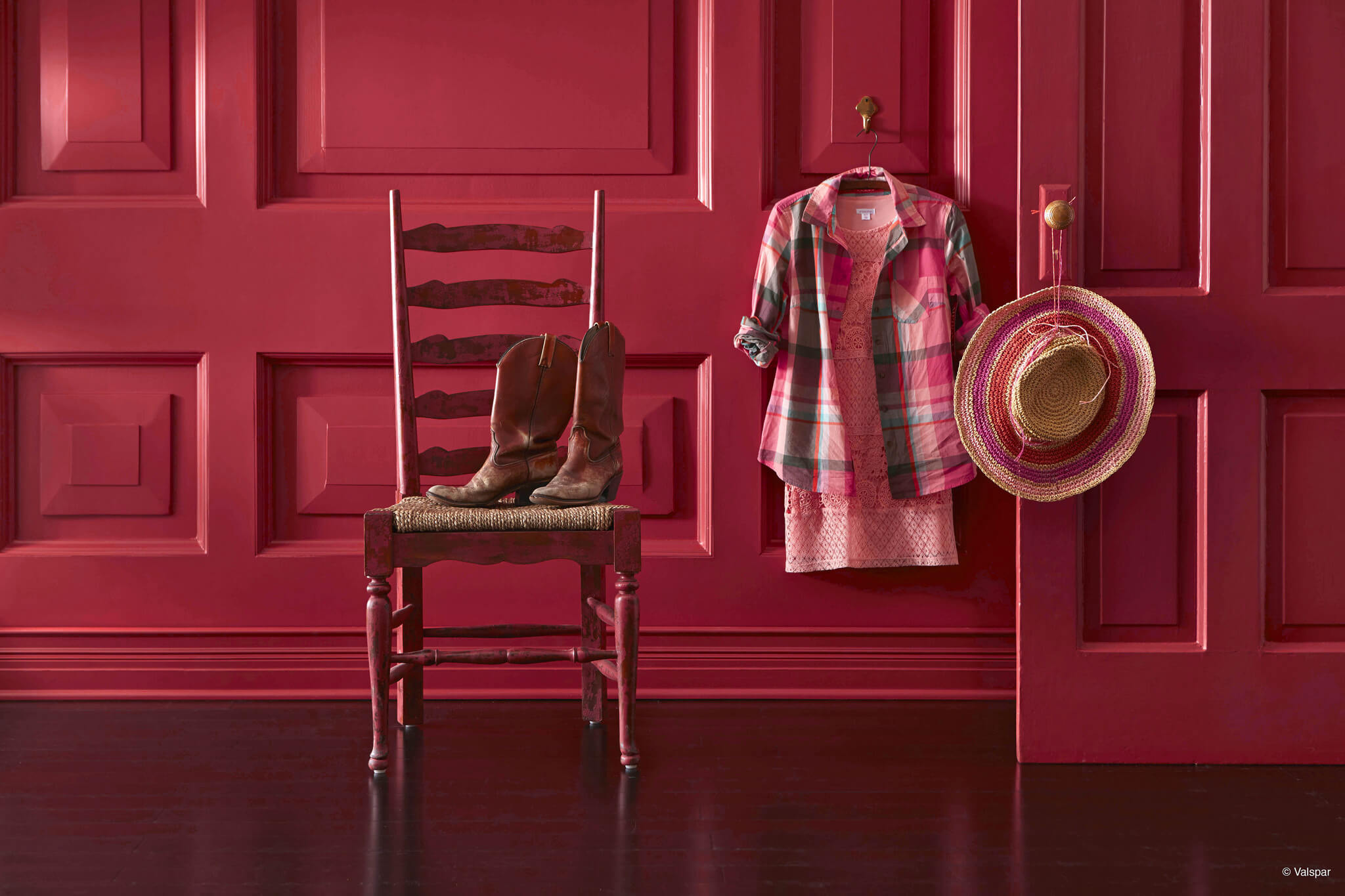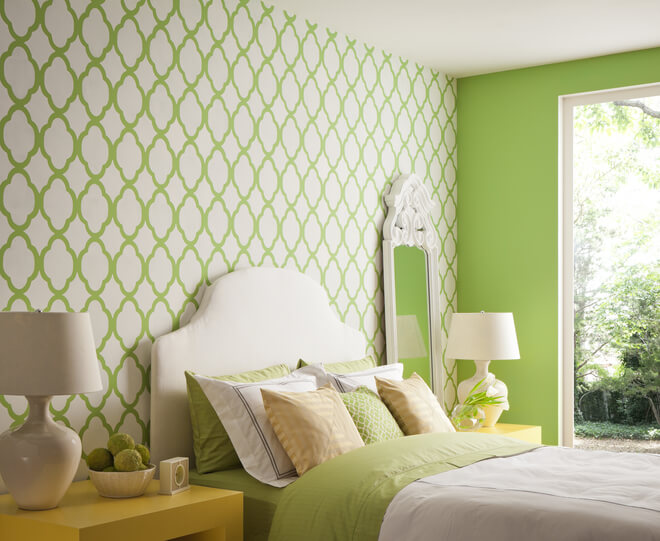
How to paint over wallpaper
You don’t need to strip wallpaper if you want to redecorate. Painting over wallpaper is just as easy as painting a wall; all it takes is a little knowledge and prep to get the perfect finish.
A few things to consider before you start
With the proper prep, you can paint over almost any kind of wallpaper. The only thing to consider is the condition of the wallpaper.
If there are any chips, holes or noticeable scratches in the wallpaper, it’s better to strip the wall instead of painting over the wallpaper. The paint won’t completely cover up these imperfections, so it’s easier to strip the wallpaper and paint the wall direct if you want a flawless finish.
While woodchip wallpaper was once all the rage in the 1970s, it’s now the scourge of homeowners. Textured wallpaper can be hard to remove, so it’s not surprising that many people choose to paint over it. If you paint over it, there’s no way to cover up the texture completely, which will show through your paint. For those unlucky enough to deal with woodchip, you can buy special wallpaper that covers up the problem and can be easily painted.
How long after hanging wallpaper can I paint it?
Lining paper is fantastic for giving you a smooth surface to paint on. It’s great at covering up uneven walls, gives you an extra layer of insulation and reduces the likelihood that stains on your wall will bleed through and ruin your final finish. It comes in different thicknesses (otherwise known as grades) to cover very uneven walls.
The wallpaper adhesive needs to be completely dry before you paint. If it’s not dry, the wallpaper can bubble as it gradually moves around, affecting your final finish.
There should be details on the roll of lining paper that explain when you can paint it. The general advice is to wait 36 to 48 hours after hanging before you can paint it.
Which paint can you use on wallpaper?
You don’t need to use special paint for wallpaper. A good quality wall paint will cover the wallpaper and leave you with an even finish.
You don’t always need to use a primer when you’re painting wallpaper. It’s most suited to covering a particularly bold print, making a drastic colour change or painting vinyl wallpaper, a primer will help make the job much easier.
How to paint over wallpaper
This method works for all kinds of wallpaper but, where possible, check the manufacturer’s instructions for guidance.
You don’t want to toil away, painting the wallpaper only for it to peel off at a later date. The paint will probably help seal the seams, but to be doubly sure, use a thin and transparent caulk line to seal the seams. Apply this at the edges of the walls, around the ceiling seam and along the skirting board.
Cleaning wallpaper is the hardest part of the job. Too much moisture and you run the risk of damaging the wallpaper, but too little and it might not be clean enough, affecting your final finish. Use a degreaser or sugar soap to clean the wallpaper. To make sure you’re not soaking the surface, use a sponge to apply the cleaning product, gently wiping it over the wallpaper. Soak a clean rag in cold water and squeeze out the excess before washing the cleaning product off the wall. Let it completely dry.
Use decorator’s tape to protect adjoining surfaces from less-than-perfect brush or roller strokes. Apply it to your ceiling and skirting boards, as well as any other area (like around light switches, for example) that you want to protect from paint. Top tip: you can use masking tape too, but decorators’ tape is specially designed for crisp, clean lines, and the colour won’t bleed through
Give your paint a thorough stir. Dip a paintbrush in the paint and wipe off excess on the rim of the can. Cut in around the edges of the wall, working in long strokes. Cutting in makes it easier for you to ‘fill in’ the middle without worrying about being completely neat.
Decant the paint into a roller tray and dip the roller in, working off the excess. Start at a top corner of the wall and apply the paint in a W motion, working your way around the wall in methodical sections.
Let the first coat dry (check the tin for coat times) and apply a second coat. Depending on the wallpaper or print that you’re covering, you might need more than two coats.
After applying the final coat, peel off the decorator’s tape while the paint is still wet and tidy up.
How to get paint off wallpaper
Accidentally got splodges of paint on some wallpaper? No problem. If the paint is still wet, dab the area with warm water and a clean towel or sponge. Don’t rub the stain at this will push it into the fibres.
If the paint has dried, try using 91% or 99% isopropyl alcohol. These percentages will clean the wallpaper without adding too much water to the area. It shouldn’t damage the wallpaper, but rub a small amount on a hidden area to make sure that it doesn’t get damaged. If the test works, carry on. Soak a cotton wool ball in the alcohol and dampen the paint, letting it sit for a couple of minutes. Use a damp sponge to dab the area, and the paint should lift off. Repeat until the colour is gone.
If that doesn’t work, the only other option is to cut and replace that wallpaper section. To do that, you’ll need a sharp Stanley knife and surplus wallpaper. Match up the pattern in the surplus wallpaper with the patch you’re cutting away to make sure it lines up. When you’re happy with the alignment, cut out the affected area. To get as clean a cut as possible, use a ruler with the Stanley knife. This makes a clean-cut but also gives you a really easy shape to match up. Use the cutaway section as a stencil and draw around the surplus wallpaper to get the right shape. Apply the patch in the same way you hung the original wallpaper.
Now you know how to paint over wallpaper; you just need the perfect colour for the job. Browse our range of 2,000 colours and order a sample colour chip of your favourites.


